Facial plastic surgery is a procedure in which patients seek treatment to reverse changes that occur with aging, such as loose skin, decreased tissue volume around the face and neck, fine lines, sagging skin, and a double chin.
We specialize in performing a variety of surgical and non-surgical cosmetic procedures to improve facial appearance.
Common facial plastic surgery procedures include rhinoplasty (nose surgery), rhytidectomy (facelift), blepharoplasty (eyelid surgery), browlift (forehead lift), genioplasty (chin contouring/augmentation), otoplasty (ear repositioning), dimpleplasty and liposuction.
Rhinoplasty-
The nose is the most prominent feature of the face. Nose surgery is the most commonly performed and most difficult facial plastic surgery procedure. It is performed to correct nasal symmetry, improve unsatisfactory esthetic appearance, reduce airway obstruction, and reconstruct congenital defects. Facial plastic surgery procedures like rhinoplasty can be cosmetic or functional to improve how the nose and face look and improve breathing and nasal function, respectively.
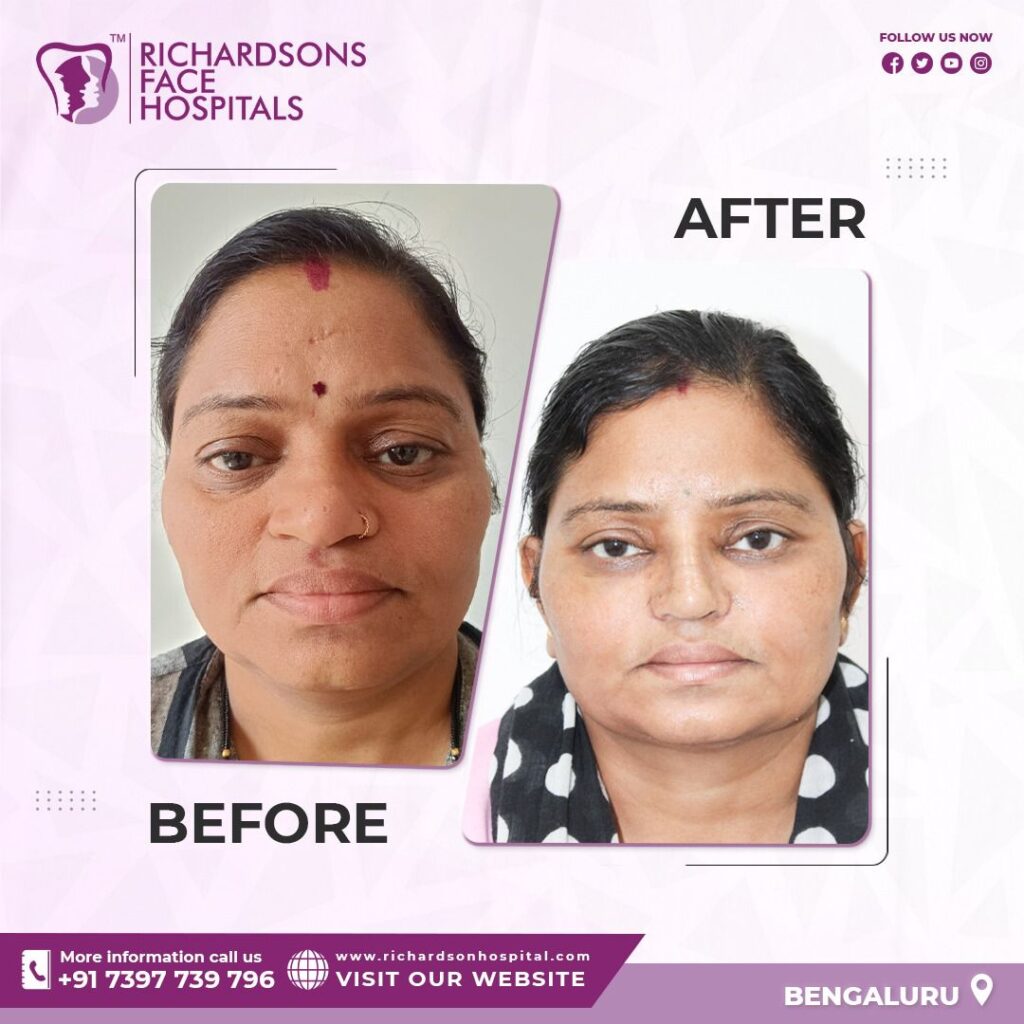
How can Rhinoplasty alter the appearance of your nose?
The procedure can:
-
- Correct a nose that looks bulbous, upturned or disfigured.
-
- Correct a deviated septum.
-
- Fix nostrils that are too wide or too small.
-
- Get rid of noticeable dips or bumps on the bridge of your nose.
-
- Make a nose smaller or bigger to create facial balance.
-
- Open blocked nasal passages.
What are the different facial plastic surgery approaches to Rhinoplasty?
There are two main types of rhinoplasty procedures:
-
- Open: Open rhinoplasty is a procedure for major nose reshaping. Your surgeon will make incisions to separate the skin of your nose from the bone and cartilage completely, which allows them to see the underlying anatomy of your nose clearly.
-
- Closed: Closed rhinoplasty is a minor facial plastic surgery procedure for nose reshaping. Your surgeon will make incisions within your nose to separate your skin from the bone and cartilage to reshape it. This technique offers minimal scarring and a faster recovery compared to open rhinoplasty.
Additional types of Rhinoplasty include:
-
- Non-surgical or filler rhinoplasty: This uses dermal fillers to temporarily fill dips and irregularities in the nose to lift a droopy nasal tip or correct a small bump.
-
- Secondary rhinoplasty: Revises or corrects any problems that occur after the first rhinoplasty surgery.
After Rhinoplasty: You may have-
-
- A small splint to minimize swelling and maintain your nose’s new shape while it heals. You’ll wear the splint for 1-2 weeks.
-
- Cotton gauze (packing) may be placed inside your nose can be removed within 4 -5 days after surgery.
An alternative to these traditional techniques of Rhinoplasty would be Liquid Rhinoplasty, Radiofrequency Rhinoplasty, Tip-plasty etc
Blepharoplasty- Eyelid surgery, or Blepharoplasty, is a facial plastic surgery procedure that removes excess eyelid skin and/or orbital fat to address aging-related changes around the eyes. This surgical procedure improves the appearance of the eyelids, enhancing both aesthetic appeal and functionality.
Surgery can be performed on the upper lids, lower lids, or both.
It can be performed to improve your esthetic and functional appearance.
Blepharoplasty is done for:
-
- Loose or saggy skin that creates folds or disturbs the natural contour of the upper eyelid
-
- Fatty deposits that appear as puffiness in the eyelids
-
- Drooping lower eyelids
-
- Excess skin and fine wrinkles of the lower eyelid
-
- Crow’s lines
Surgical Technique- The incision lines for eyelid surgery are designed so the resultant scars will be well concealed within the natural structures of the eyelid region.
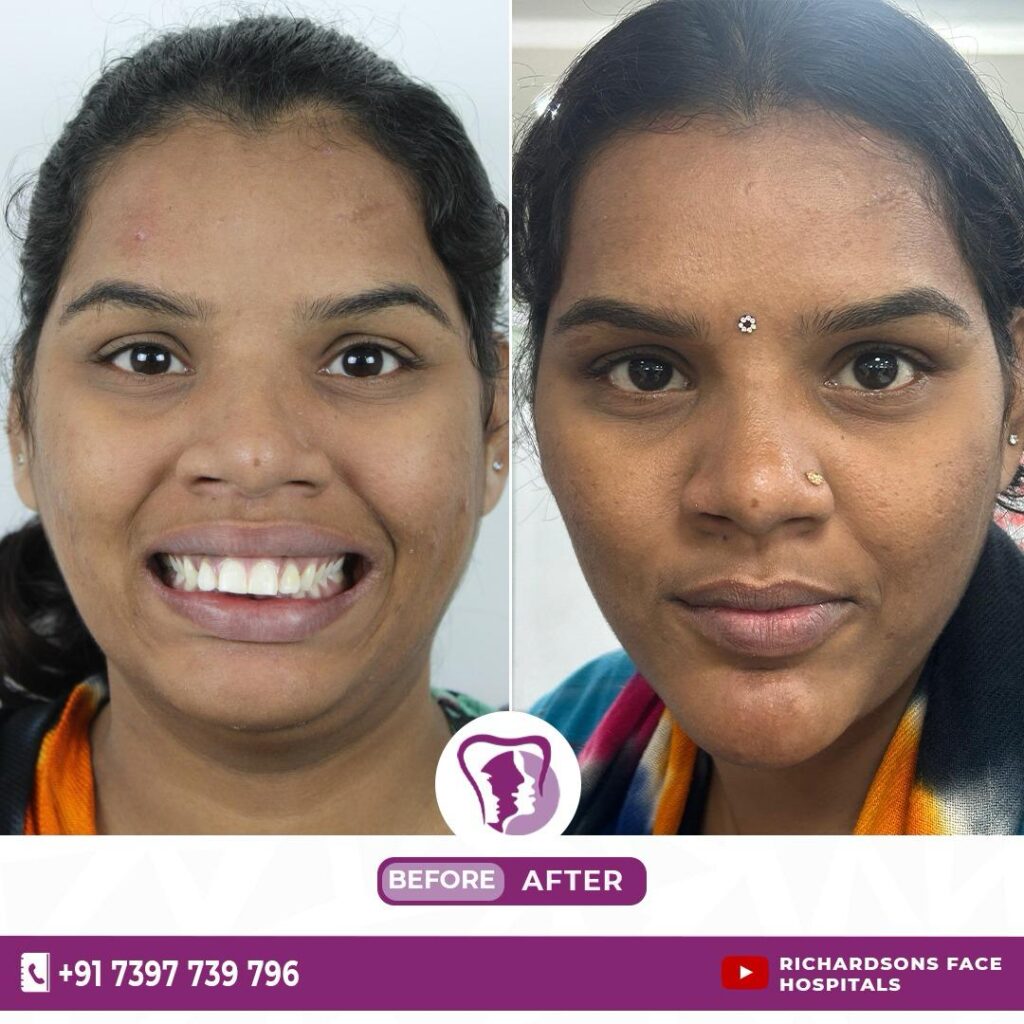
The upper eyelid can be corrected through an incision within the natural crease on the eyelid.
Conditions of the lower eyelid may be corrected with an incision just below the lower lash line. Through this incision, excess skin in the lower eyelid is removed. The excess fat also can be repositioned or removed.
A transconjunctival incision, created on the inside of the lower eyelid, is an alternate facial plastic surgery technique to correct lower eyelid conditions and redistribute or remove excess fat. With this approach, no skin is removed, making it a minimally invasive option for lower eyelid correction.
Eyelid incisions are typically closed with sutures or skin glue. Sutures are removed within 1 week.
The results of eyelid surgery are mostly long-lasting. There usually is little pain involved. However, it may take a few months before final healing is completed.
While eyelid surgery can be expected to correct certain conditions permanently, you will continue to age naturally
Chin Augmentation/Chin Recontouring- Although the chin is an often over-looked aspect of facial aesthetics, it remains a pivotal feature that significantly influences overall facial attractiveness and maintains facial balance.
Chin augmentation or genioplasty is a popular facial plastic surgery procedure that enhances facial aesthetics by refining the chin’s appearance and addressing horizontal or vertical chin deficiency and soft tissue loss. This procedure helps achieve better facial harmony and a more defined jawline, improving overall facial proportions.
Alloplastic chin implants are commonly used for augmentation following a comprehensive patient assessment to determine the appropriate implant type and size.
Chin implants are typically considered for patients aiming to address their convex facial profile or narrow chin, commonly associated with the following:
-
- Horizontal (anterior-posterior) chin deficiency, also known as Microgenia or Retrogenia
-
- Soft tissue deficiency, such as muscular atrophy
-
- Pre-jowl volume loss
Chin implantation is frequently combined with rhinoplasty to achieve a balanced nose-chin relationship and enhance the overall profile aesthetically. It can also be done as an independent procedure or in combination with the upper and/or lower jaw re-positioning surgery.
When performed with proper preoperative assessment and technical execution, facial plastic surgery procedures like chin augmentation can harmonize and restore the balance between skeletal, soft tissue, and dental components of the lower face. To this end, a proper understanding of the underlying anatomy and the changes associated with the movement of the chin, alone or in conjunction with formal orthognathic surgery, is paramount.
Surgical technique for facial plastic surgery procedures like genioplasty falls into two broad categories: Osseous genioplasty and Alloplastic augmentation. With proper patient and implant selection, implant augmentation achieves desirable results and is easy to execute. However, osseous genioplasty is also not a difficult procedure to perform; moreover, it is a highly versatile procedure that can allow movement in all dimensions and is there for a lifetime.
Preoperative planning can be aided by simulation and 3D models to enable the fabrication of cutting guides and patient-specific implants to enhance precision.
Relapse- The incidence of re-operation after facial plastic surgery procedures like genioplasty is extremely low and usually involves the replacement or removal of an implant and conversion of alloplastic genioplasty to an osteotomy. The rate of relapse is low, and the ratio of soft tissue to hard tissue advancement remains stable over long-term follow-up.
Any surgical cosmetic procedure when performed with proper preoperative assessment and precise execution, the results can harmonize and restore balance between skeletal, soft tissue, and dental components of the face.

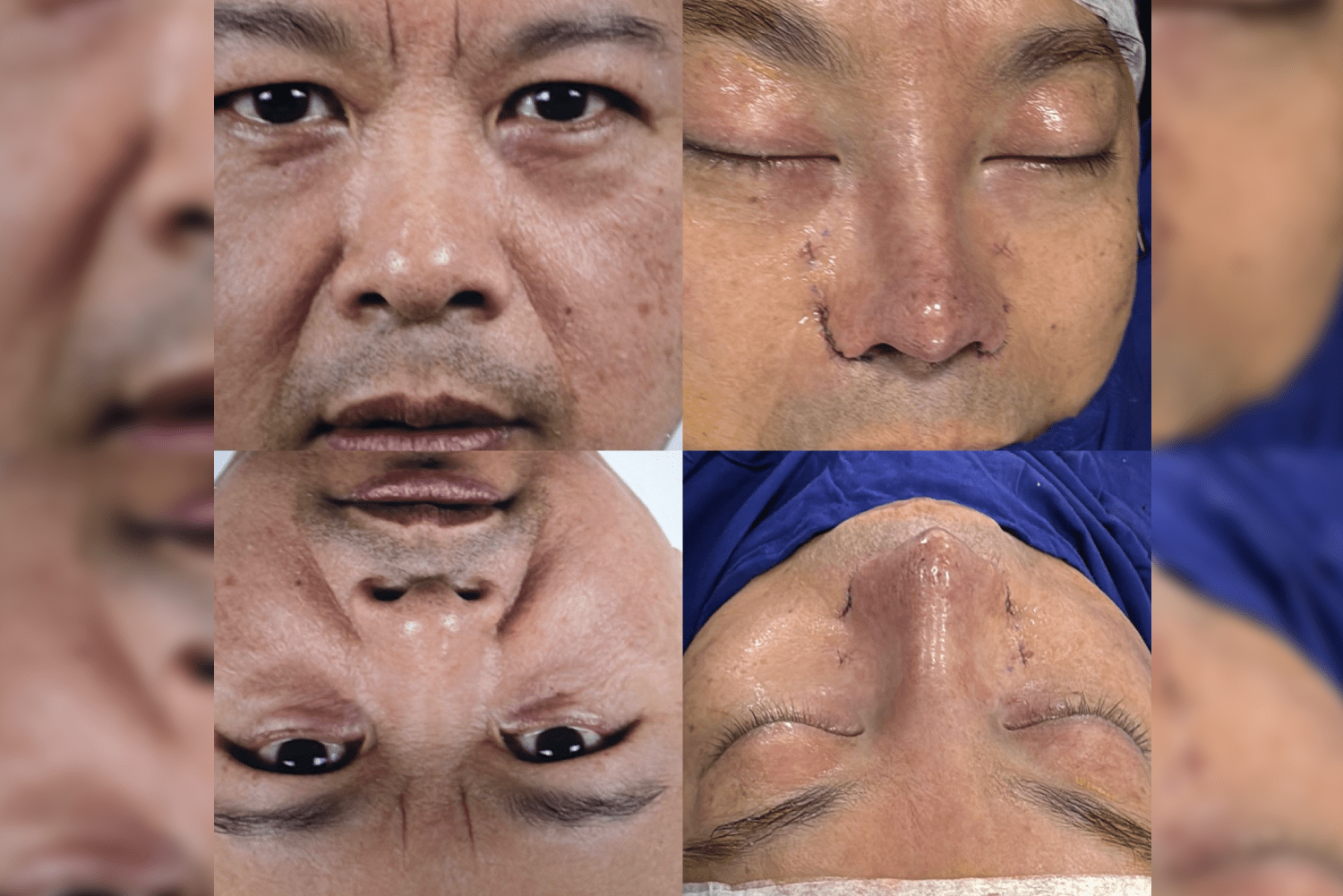

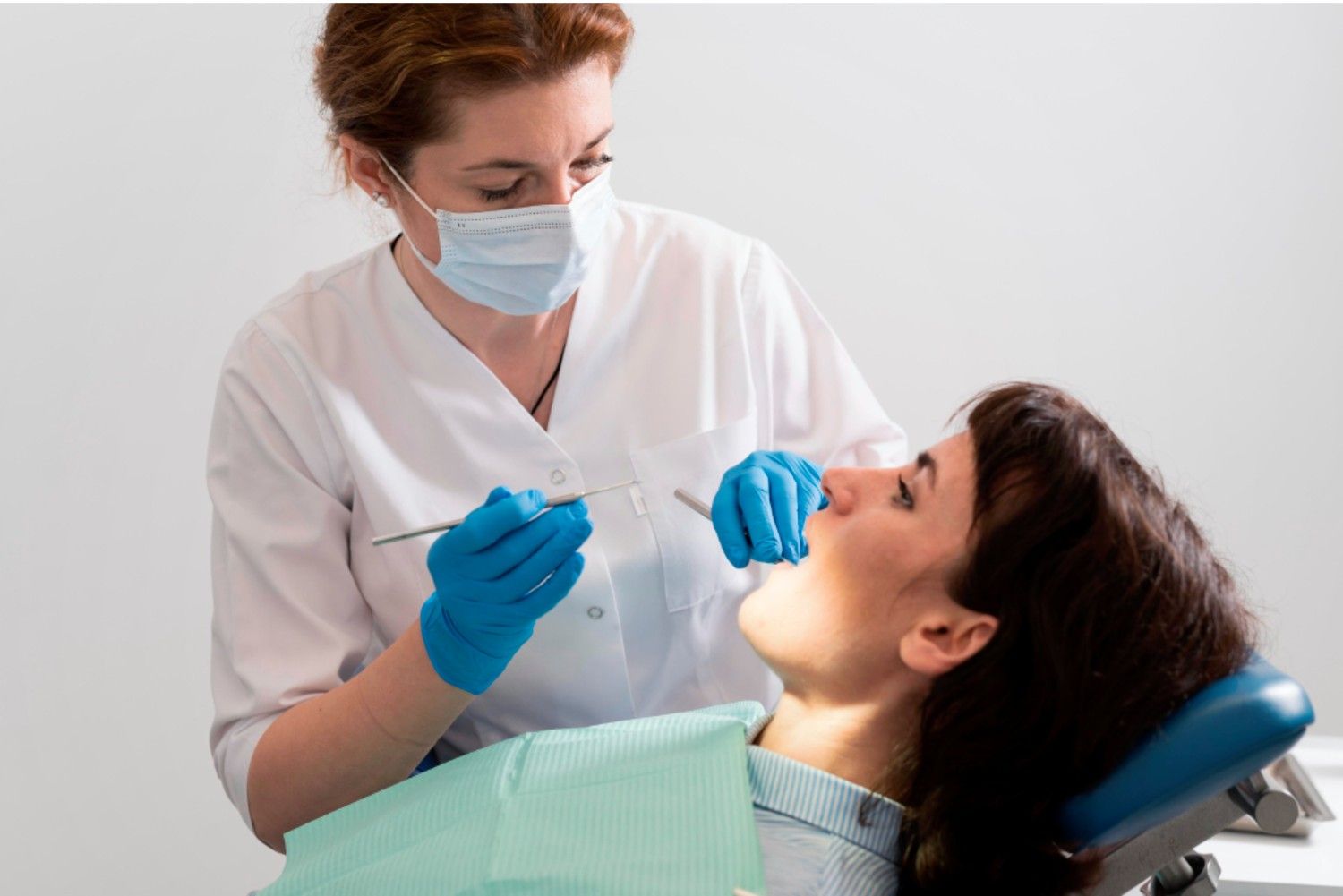

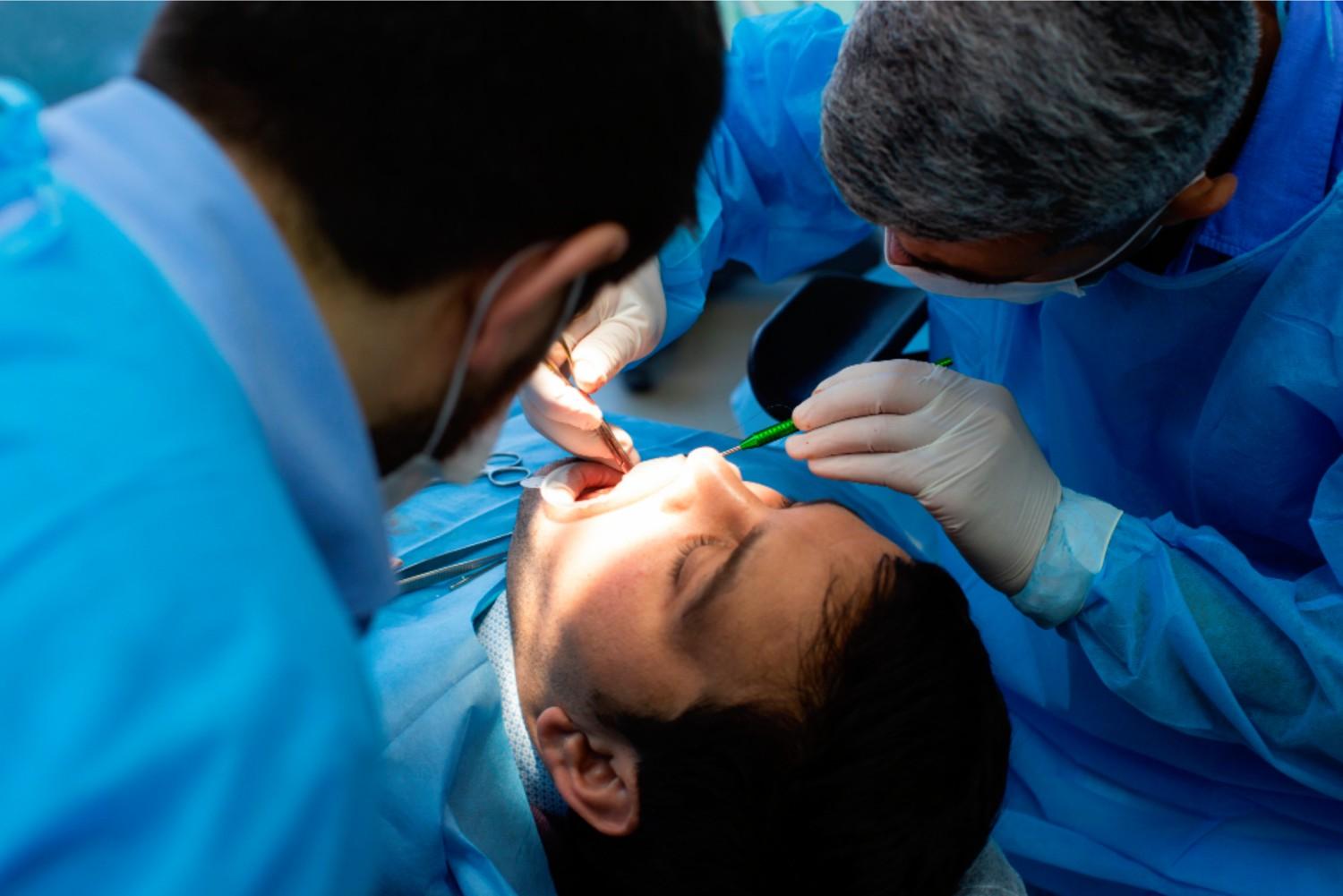

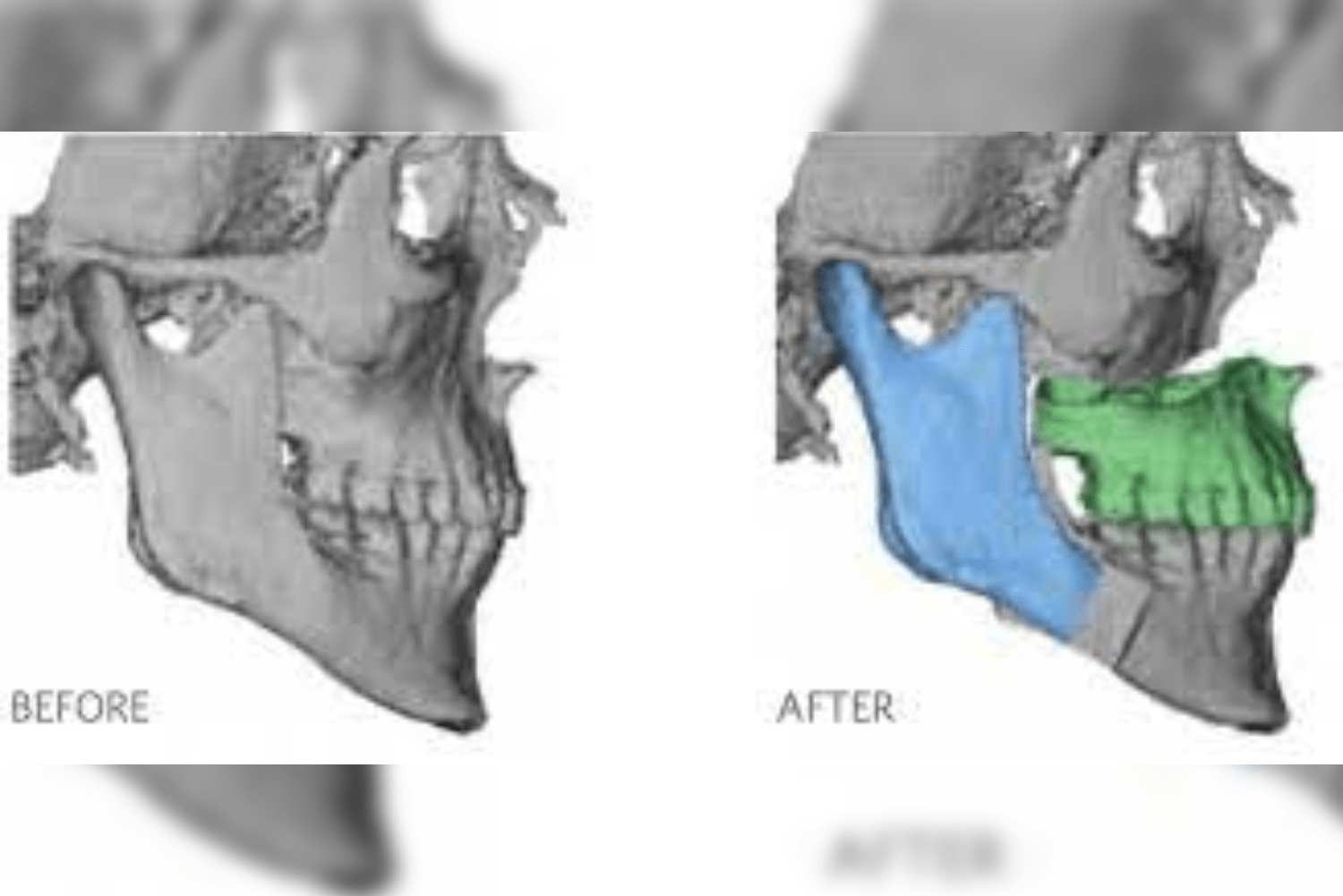
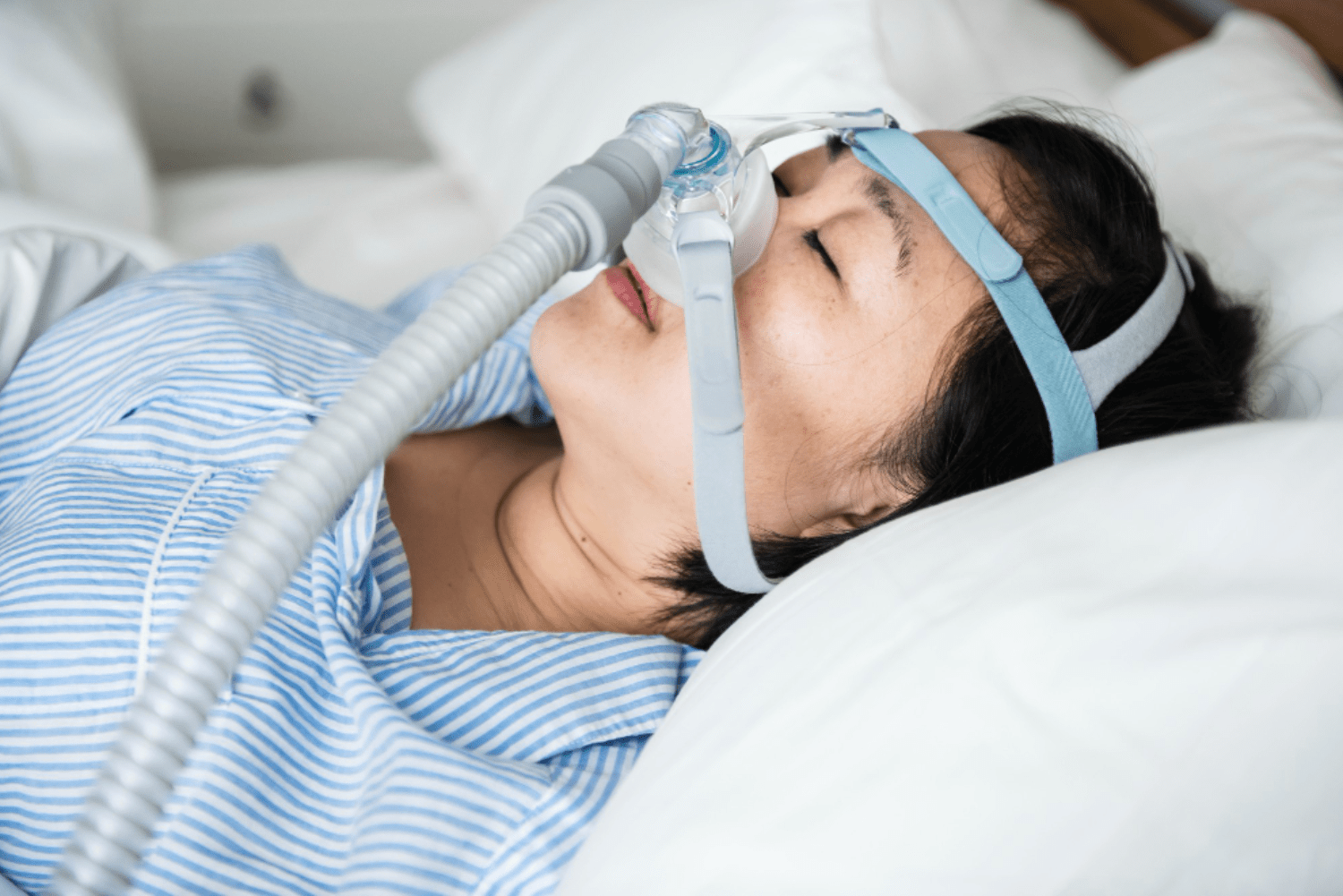
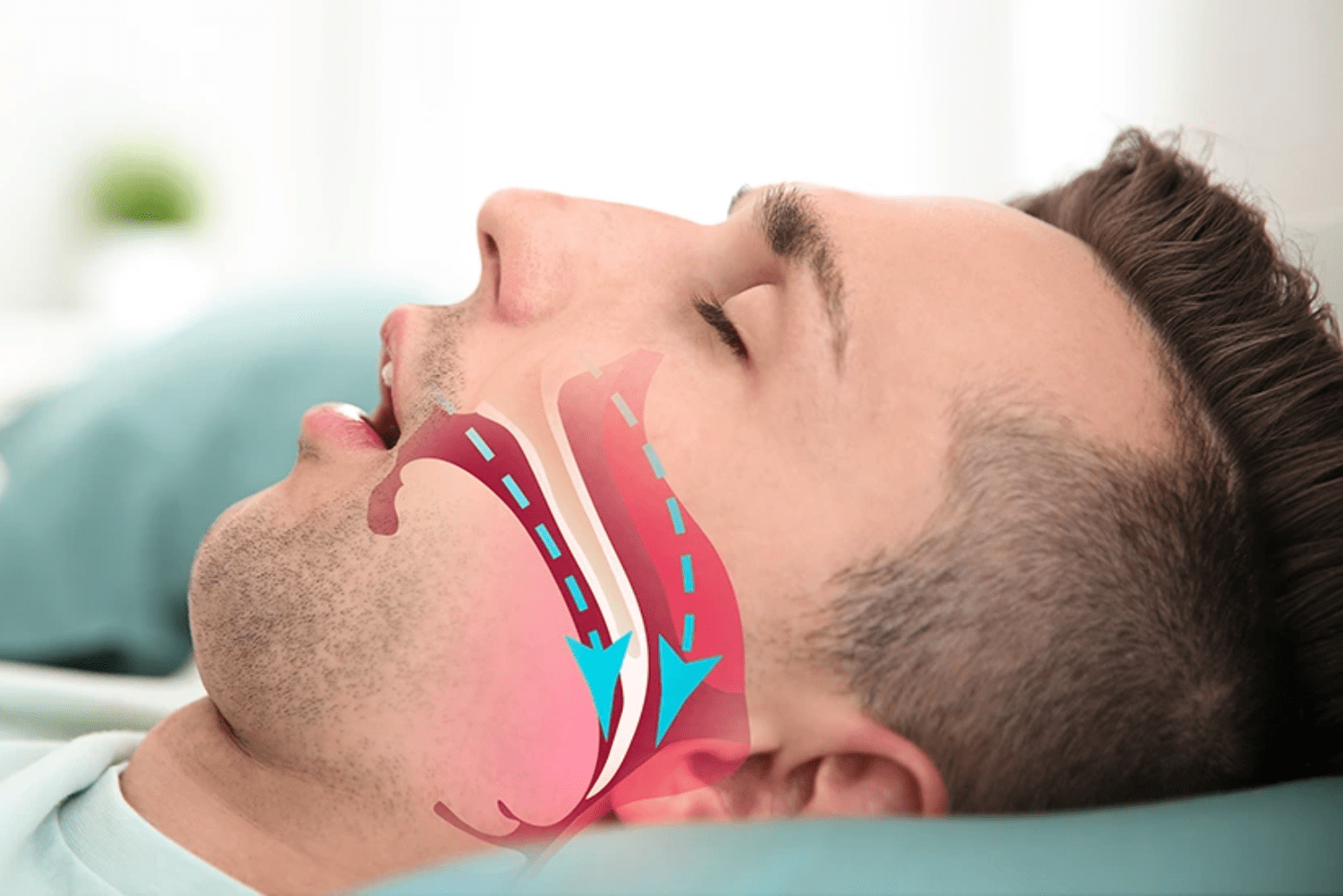
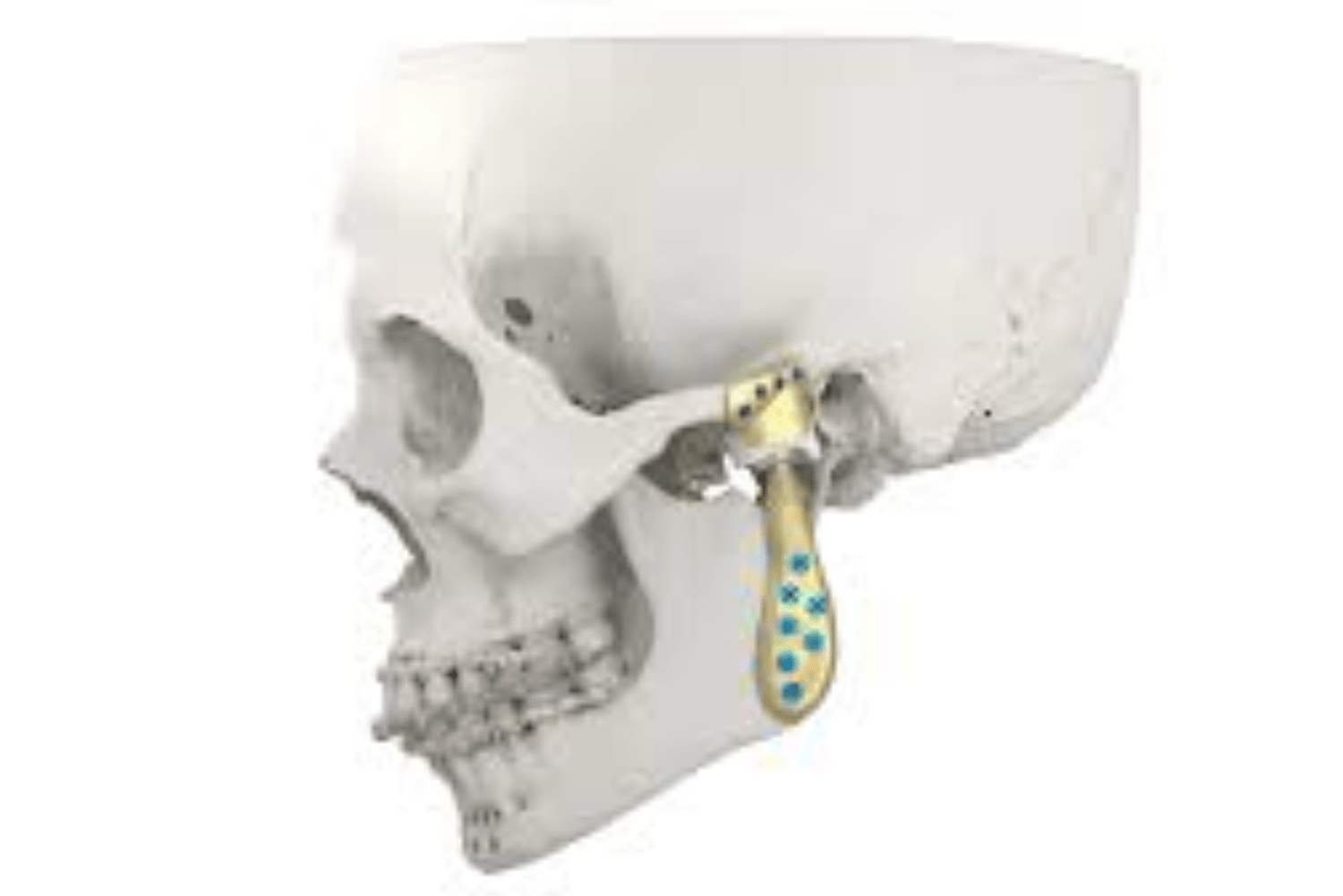
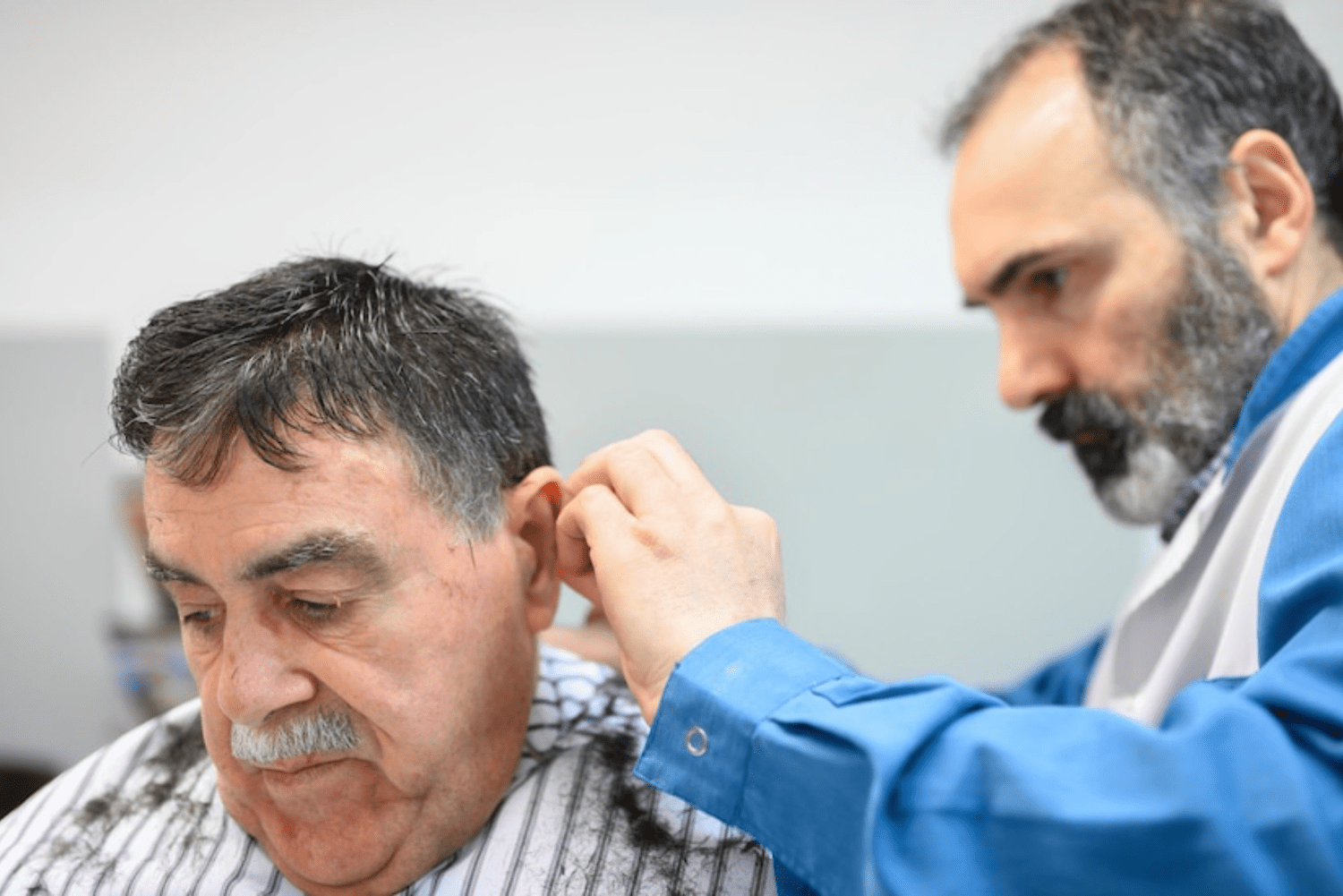


10 Responses
Good
Very good
Awesome
Awesome
Awesome
Very good
Very good
Good
Awesome
Very good